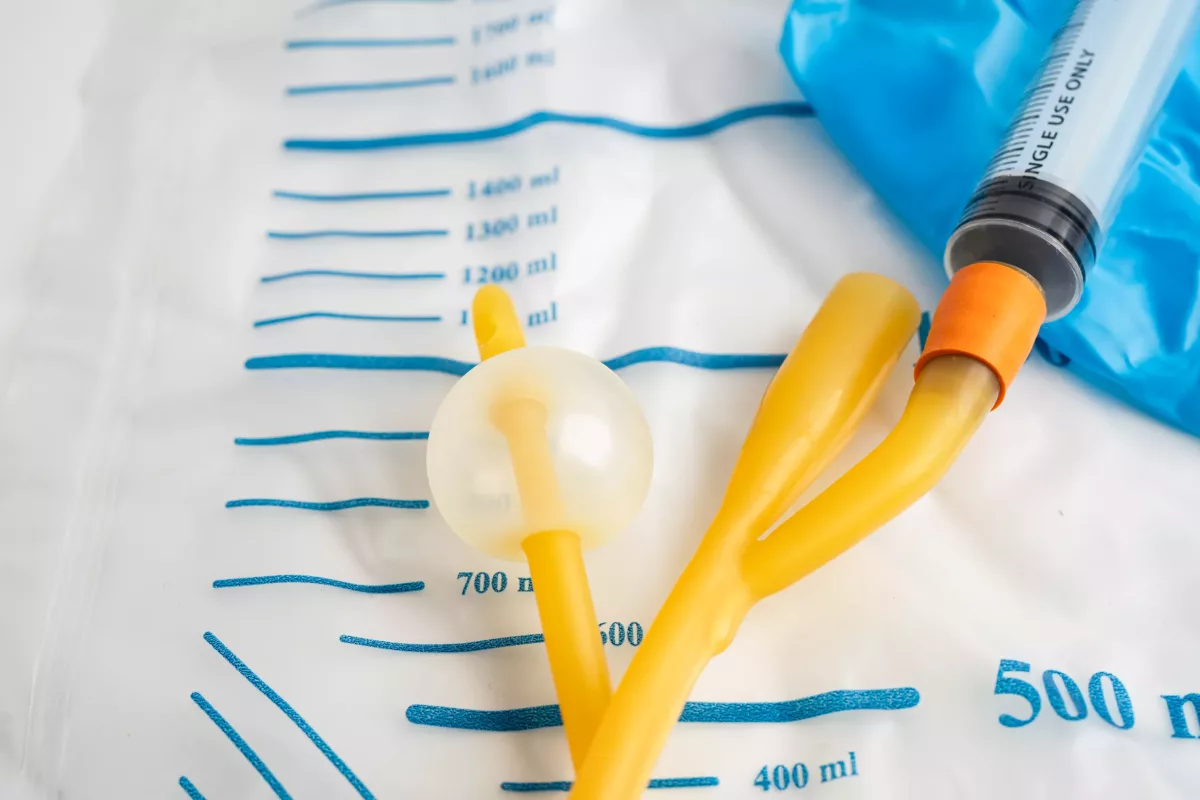Abnormalities that involve blood vessels and are usually present at birth are called vascular malformations. In some cases, this condition is called abnormal blood vessel changes (including venous malformations and arteriovenous malformations or AVMs). AVMs may not appear until later in life, during childhood, or early adulthood. Sometimes, these malformations may form in the brain or spine, which often leads to life-threatening problems. However, they can develop in any part of your body (from head to toes). If vascular malformations are present in soft tissue, it may lead to swelling, pain, and skin discoloration.
In rare cases, people may develop these malformations during adulthood after trauma.
While these malformations may affect any blood vessel in the circulatory system, they may also affect the lymphatic vessels. Usually, this disorder negatively affects blood vessels in one or more of the following structures. For example:
- Capillaries
- Veins and venules
- Lymphatic channels
- Arteries and arterioles
Types of Vascular Malformations
Commonly, these malformations appear as birthmarks on the baby’s skin. Healthcare professionals have divided this disorder into several types based on the affected blood vessels. Check below the most common types:
- Venous malformation – In such cases, it develops in a vein (a blood vessel that carries blood back to the heart to get oxygen). Moreover, it is the most common type of vascular malformation.
- Arteriovenous malformation (AVM) – This is a tangle of arteries and veins that are not linked properly. For instance, the arteries pump blood directly into the veins instead of the capillaries. It often occurs through a cluster of channels called a nidus.
- Capillary telangiectasia – This type occurs when small areas of enlarged capillaries develop in the brain. While in most cases, this type of vascular malformation does not cause problems, some people may have a hemorrhage.
- Cavernous malformations – These include multiple capillaries in the brain that contain long caverns through which the blood slowly moves.
- Lymphatic malformations – This type of vascular malformation usually develops in the soft tissues of the face, neck, and axillary (armpit) areas.
In general, vascular malformations occur quite rarely because they affect approximately 1% of all births. However, the most common type of vascular malformation negatively affects roughly 1 in every 5,000 to 10,000 people.
Symptoms
The symptoms appear differently among people with vascular malformations because they depend on several factors. For example, the severity and type of the condition, existing health problems, and age. Usually, people notice a raised blue, red, purple, brown, or black birthmark that may bleed or cause pain.
If you develop an AVM in the brain, it may lead to seizures, muscle weakness (paralysis), headaches, and other symptoms. In severe cases, you may notice severe pain and swelling, problems with blood clotting, and even organ damage.
Causes
In most cases, this disorder occurs due to abnormal development of vascular or lymphatic channels during pregnancy. Usually, vascular malformations are congenital (present at birth). However, some people may develop these malformations due to an injury that causes damage to the vessels.
Rarely, people inherit genetic mutations (changes) that make them more likely to develop vascular malformations. Nowadays, researchers continue to learn about these genetic problems.
Risk Factors
There are certain genetic syndromes that may significantly increase the risk of developing vascular malformations. These include:
- Blue rubber bleb nevus syndrome – This genetic disorder often causes vascular malformations in the intestines and digestive system.
- CLOVES (congenital lipomatous overgrowth, vascular malformations, epidermal nevi, and spine deformities) – Usually, CLOVES causes AVMs in the spine, but it may also lead to scoliosis, fatty tissue growths, and other health problems.
- Hereditary hemorrhagic telangiectasia (also known as Osler-Weber-Rendu syndrome) – In such cases, abnormal tangles of small capillaries or AVMs occur.
- Klippel-Trenaunay syndrome (KTS) – This syndrome causes venous or lymphatic malformations, bony or tissue growths, and others.
- Parkes Weber syndrome – People who develop this genetic disorder may also have AVMs in the arms or legs.
However, people may have an increased risk of vascular malformations due to other factors. Check below some of them:
- Hormonal changes
- Radiation exposure
- Some medicines (including Isotretinoin, anticonvulsants, and others)
- Underlying health conditions (such as autoimmune diseases)
- Trauma
What Are The Potential Complications of Vascular Malformations?
While some people do not experience complications, others may develop some life-threatening complications, especially if they develop an AVM in the brain or spine. Check below the most common complications:
- Bleeding
- Stroke
- Clotting issues
- Neurological problems (including seizures, slurred speech, and others)
- Heart failure
- Infections
- Functional impairment
- Wound healing problems
- Aneurysms
This article does not contain all possible complications of vascular malformations. Moreover, you can consult with your doctor about ways to reduce the risk or prevent complications of this disorder.
How to Prevent Vascular Malformations?
In general, there is no way to prevent vascular malformations that occur due to genetic mutations. However, you can consult with a genetic counselor if you are planning to have children and have a family history of this disorder. It is very important to understand the risks of having a child with vascular malformations.
Diagnosis
While sometimes it is difficult to diagnose this condition because it does not cause symptoms, in some cases, it may be identified during certain tests done for other reasons. When doctors suspect vascular malformations, they perform additional tests to confirm the condition and rule out others that cause similar symptoms. Check below some tests often involved in vascular malformation diagnosis:
- Vascular ultrasound
- An MRI (magnetic resonance imaging) scan
- CT (computerized tomography) scans
- Angiogram or venogram
- Plain X-rays
Treatment
Unfortunately, most types of vascular malformation cannot be cured. That’s why treatment focuses on relieving the symptoms and preventing life-threatening complications. If you have a vascular malformation without symptoms, treatment is not needed.
Usually, doctors prescribe different treatments for people with vascular malformations because they depend on several factors. For example, the severity and type of the disease, age, overall health, and preferences. Check below some treatments often used to treat vascular malformations:
- Sclerotherapy
- Catheter embolization
- Laser treatments
- Radiation therapy (primarily used to treat cancer)
Additionally, vascular malformations may return even after a successful treatment. Therefore, physicians recommend regular checkups to check for recurrent vascular malformations.
Frequently Asked Questions
Can vascular malformations be cured?
No, there is no way to cure vascular malformations. Thus, treatment focuses on lessening the symptoms and improving your quality of life.
What is the difference between vascular malformations and hemangiomas?
- Hemangiomas – These are benign (noncancerous) vascular tumors that often form when blood vessels clump together under the skin. In most cases, hemangiomas do not cause any problems and go away on their own.
- Vascular malformations – This disorder is often present at birth and frequently requires treatment. Usually, they grow slowly and may extend to deep tissues and structures.
How do you test for vascular malformation?
Commonly, physicians identify vascular malformations during an MRA (magnetic resonance angiography) scan or an MRP (magnetic resonance perfusion) scan. In some cases, doctors may perform a biopsy to check for genes that contribute to vascular malformations or confirm the condition. Ask your healthcare provider if you have additional questions.




